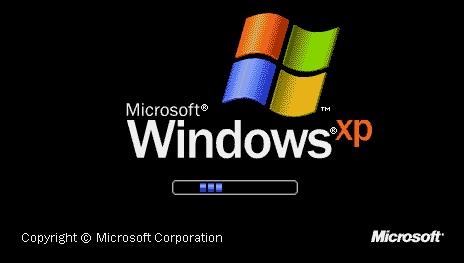
Close the Registry Editor and reboot your computer. To turn off Fast Startup, enter 0 in the Value data field and click OK. Type 1 in the Value data field and click OK to save the changes. Right-click on HiberbootEnabled and select Modify. If you can boot acceptably, though, you can leave the firmware "fast start" feature active. In the right-pane, scroll down and locate the DWORD value HiberbootEnabled. This firmware feature usually works fine with Ubuntu, with the caveat that it may be impossible to boot an Ubuntu installer because the firmware won't see the USB flash drive. For instance, the firmware's fast start might skip initialization of some or all USB devices.
WINDOWS QUICKBOOT WINDOWS
I don't know how practical such a change would be, and AFAIK no such feature or add-on tool is available.Īs a side note, the Windows "Fast Startup" feature is entirely different from the firmware feature that's often called "fast boot" or "fast start." This firmware feature takes shortcuts on hardware initialization in order to speed up the boot process. In principle, it could be fixed by having Windows sync its disks before doing its suspend-to-disk operation, but this would require changes in Windows, or at least a new third-party utility to add the functionality. Thus, the Windows "Fast Startup" feature is fundamentally incompatible with a dual-boot setup. When another OS, such as Ubuntu, boots, it sees the disk in an inconsistent state, assumes that the previously-running OS crashed, and will either attempt to repair the disk or refuse to mount it.

As such, filesystem data structures are left in an inconsistent state. This Windows feature actually turns shutdown operations into hibernation (suspend-to-disk) operations. The "Fast Startup" name is something of a misnomer.


 0 kommentar(er)
0 kommentar(er)
